Madhya Pradesh Switch to Hindi
MP’s UNESCO Digital Innovations
Why in News?
In commemoration of World Heritage Day (18th April), Madhya Pradesh Tourism is spearheading notable technological advancements across the state’s United Nations Educational, Scientific and Cultural Organization (UNESCO) listed and tentative heritage sites.
Key Points
- These endeavors underscore a steadfast dedication to heritage preservation while aiming to elevate the visitor experience through cutting-edge technology.
- Renowned for its cultural richness and diversity, Madhya Pradesh proudly boasts three UNESCO World Heritage Sites:
- The Khajuraho Group of Monuments, renowned for its intricate erotic sculptures;
- The Stupas at Sanchi, among India’s oldest stone structures symbolizing Buddhism.
- The prehistoric Rock Shelters of Bhimbetka, adorned with ancient rock paintings depicting early human life.
- Complementing these are 10 sites on the Tentative List, including:
- the picturesque Bhedaghat-Lameta Ghat in Jabalpur, the architecturally significant Mandu Group of Monuments, the historical ensemble of Orchha featuring grand temples and palaces, the biodiversity-rich Satpura Tiger Reserve, the storied Gwalior Fort, the innovative water management system of Khooni Bhandara in Burhanpur, the Rock Art Sites of the Chambal Valley showcasing ancient artistic expressions, the monumental Bhojeshwar Mahadev Temple in Bhojpur, culturally significant Gond monuments of Ramnagar and Mandla, and the historical ensemble of Dhamnar illustrating monastic traditions.
- Among the notable advancements are:
- QR code-based audio guides offering in-depth narratives at major museums and monuments.
- Captivating lights and sound shows have been introduced in various cities, including Sanchi, Orchha, Mandu,etc.
- Augmented and Virtual Reality (AR & VR) experiences with Oculus devices, integration of WhatsApp for enhanced convenience, online ticket booking systems for streamlined access, and Geographic Information System (GIS) mapping for meticulous documentation and preservation of the state’s monuments.
Khajuraho Group of Monuments (1986)
- These temples were built during the Chandella dynasty, which reached its pinnacle between 950 and 1050.
- Only 20 temples remain, belonging to two different religions namely-Hinduism and Jainism, including the famous Temple of Kandariya decorated with intricately and beautifully carved sculptures.
Rock Shelters of Bhimbetka (2003)
- These shelters are located within the foothills of Vindhya range, on the southern edge of the central Indian plateau.
- Unearthed in the form of five clusters of natural rock shelters exhibiting paintings that date back to the Mesolithic, and other periods succeeding it.
- The cultural traditions of the inhabitants in surrounding areas are very similar to those displayed in the paintings.
Buddhist Monuments at Sanchi (1989)
- It is the oldest Buddhist sanctuary in existence and was a major Buddhist centre in India until the 12th century A.D.
- Consists of monolithic pillars, palaces, temples and monasteries all in different states of conservation most of which date back to the 2nd and 1st centuries B.C.
Madhya Pradesh Switch to Hindi
Madhya Pradesh Rivers Pollution
Why in News?
Pollution is on the rise in numerous major rivers across Madhya Pradesh, presenting a grave concern for the state's environmental health.
Key Points
- The cleanliness of key rivers like Narmada, Kshipra, and Betwa has been a recurring issue in Lok Sabha, Assembly, and urban body elections over the past 15 years.
- Despite the implementation of various schemes such as the Namami Gange Mission and National River Conservation, pollution levels continue to rise due to a lack of interest and commitment from regional public representatives and responsible officials.
- The condition of the Narmada River, considered the lifeline of Madhya Pradesh, is particularly dire in terms of pollution.
- In addition to the Narmada, other significant rivers like Mahi, Tapti, Kali Sindh, Chambal, Parbati, Dhasan, Ken, Sindh, Kuno, Shipra, Betwa, and the Son River - the largest tributary joining the Ganga from the south - are also experiencing increasing pollution levels.
Namami Gange
- Namami Gange Programme is an Integrated Conservation Mission, approved as a ‘Flagship Programme’ by the Union Government in June 2014 to accomplish the twin objectives of effective abatement of pollution and conservation and rejuvenation of National River Ganga.
- It is being operated under the Department of Water Resources, River Development and Ganga Rejuvenation, Ministry of Jal Shakti.
- The program is being implemented by the NMCG and its state counterpart organizations i.e State Program Management Groups (SPMGs).
- In phase 2 of Namami Gange Programme (2021-26), the states will focus on expeditious completion of projects and preparation of bankable Detailed Project Report (DPR) for projects in Ganga tributary towns, cutting down delays.
- Focus is also being given to the revival of small rivers and wetlands.
- For the future, each Ganga district is to develop scientific plans and health cards for at least 10 wetlands and adopt policies for reuse of treated water and other by-products.
National River Conservation Plan (NRCP)
- NRCP is a centrally funded scheme launched in 1995 aimed at preventing the pollution of rivers.
- Programs for river conservation are being implemented under National River Conservation Plan (NRCP) and NGRBA (National Ganga River Basin Authority).
- The National Ganga Council, also known as the National Council for Rejuvenation, Protection, and Management of River Ganga, has replaced the NRGBA.


.png)



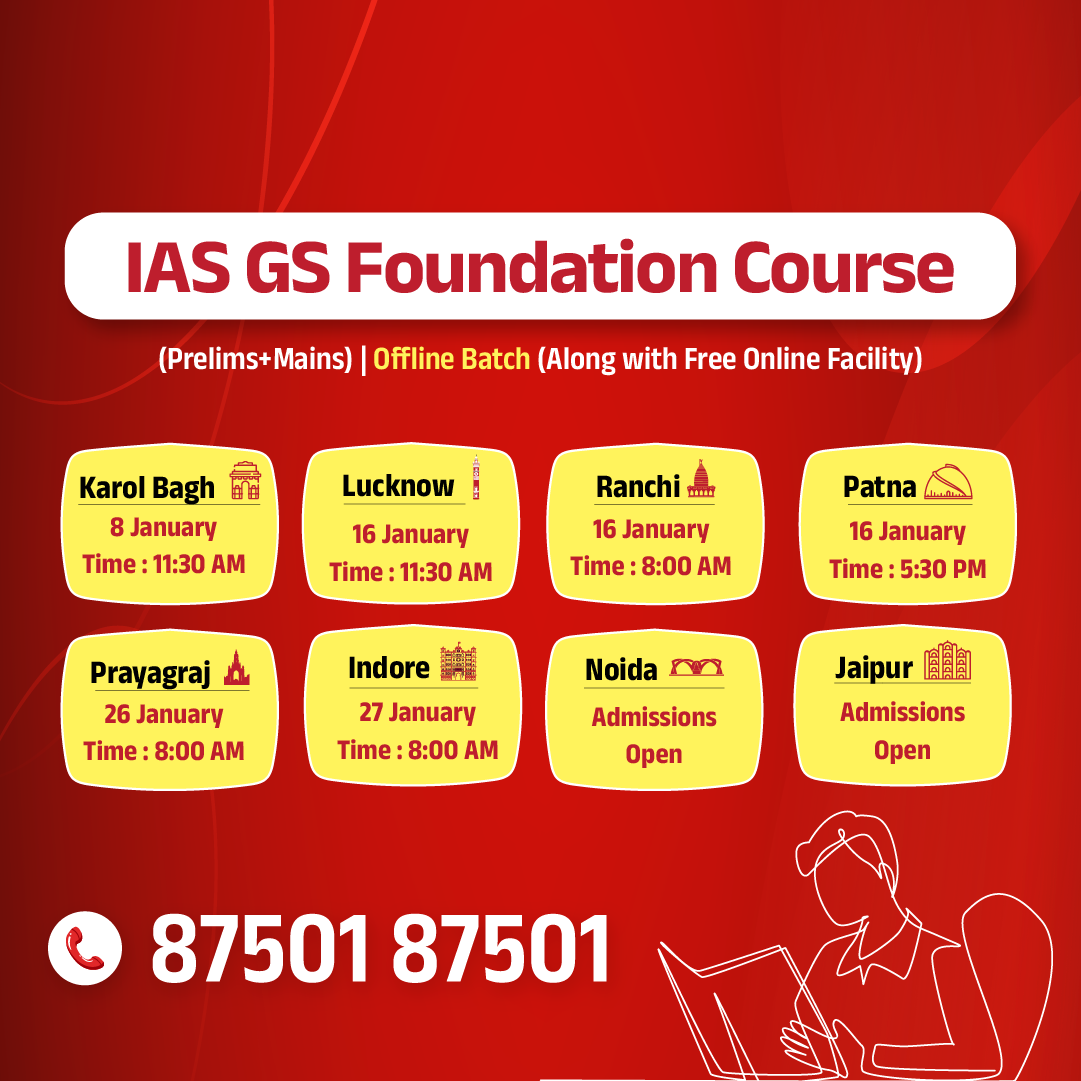
.jpg)












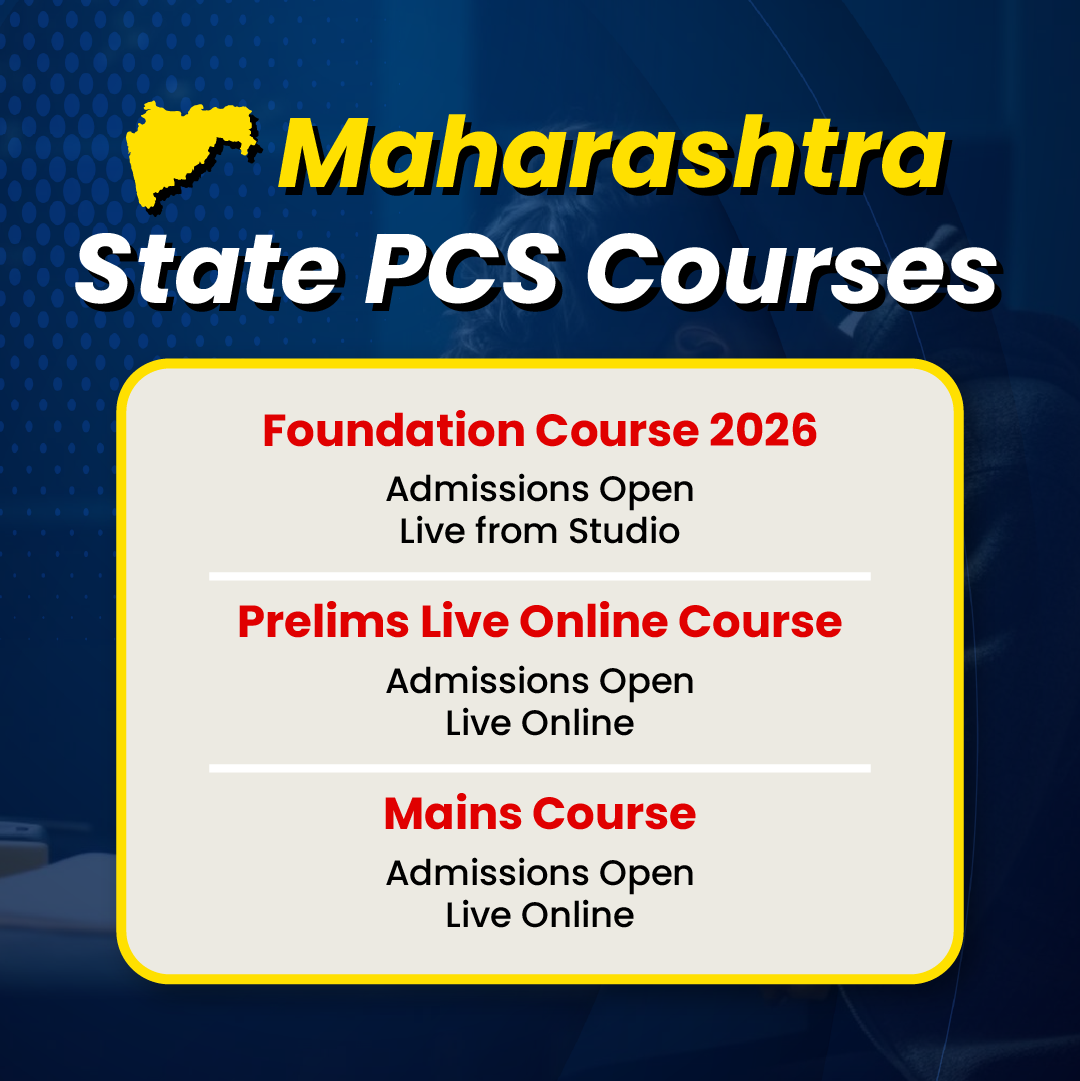

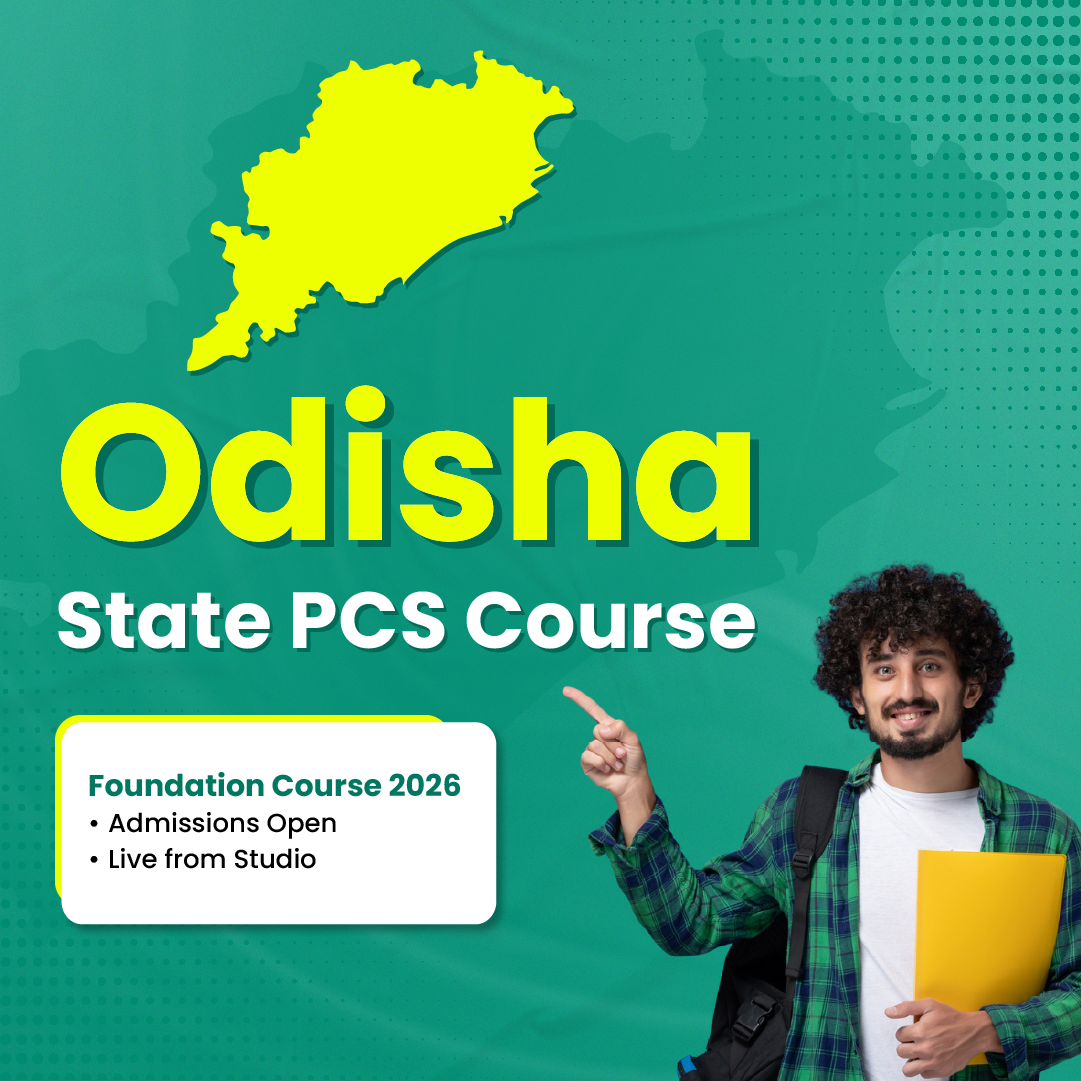



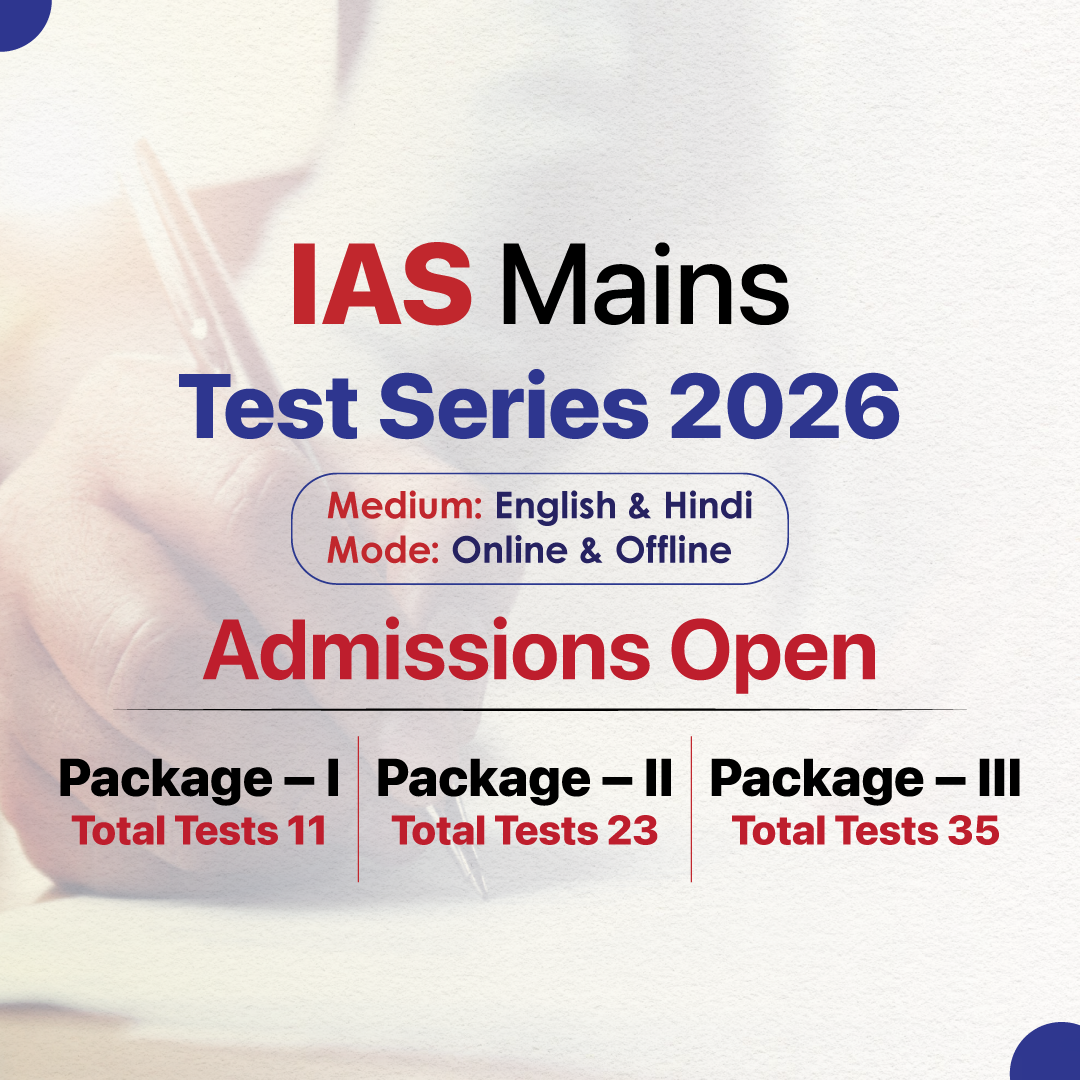

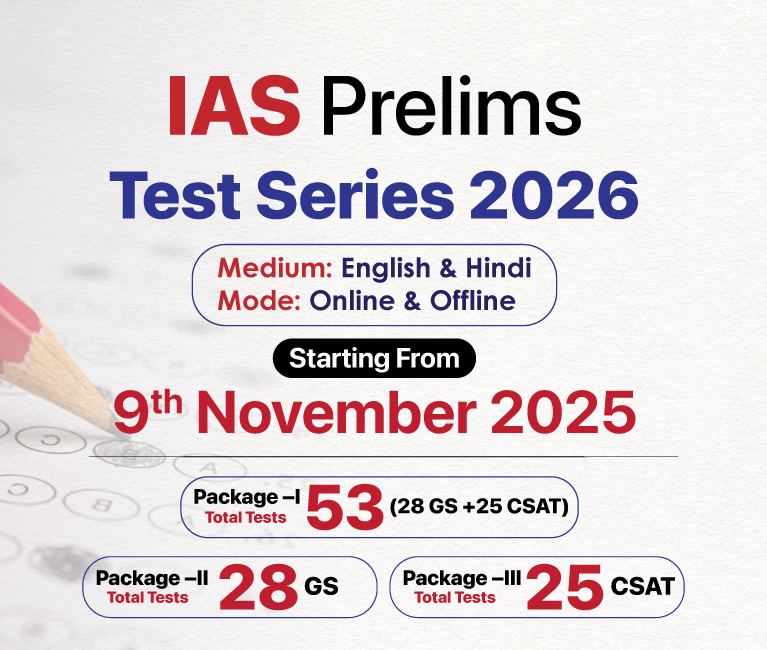


.png)


.jpg)

 PCS Parikshan
PCS Parikshan

